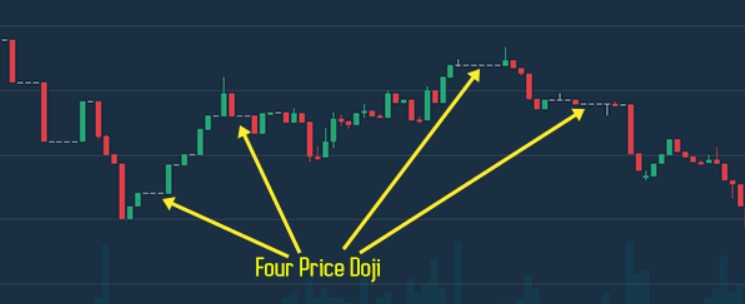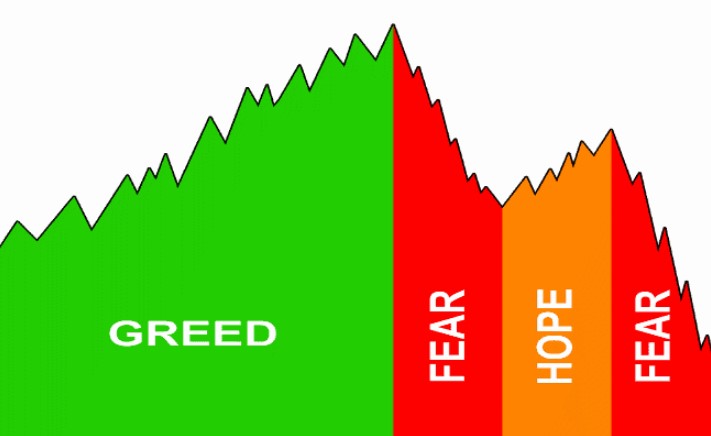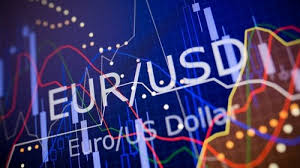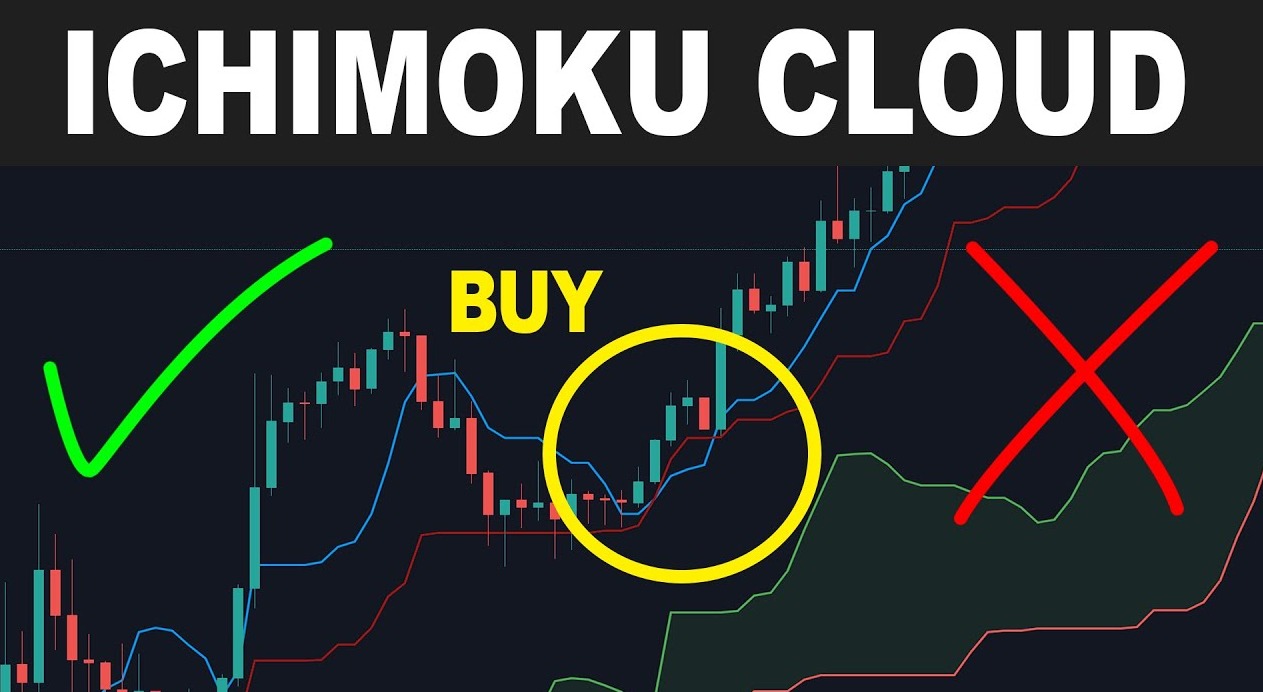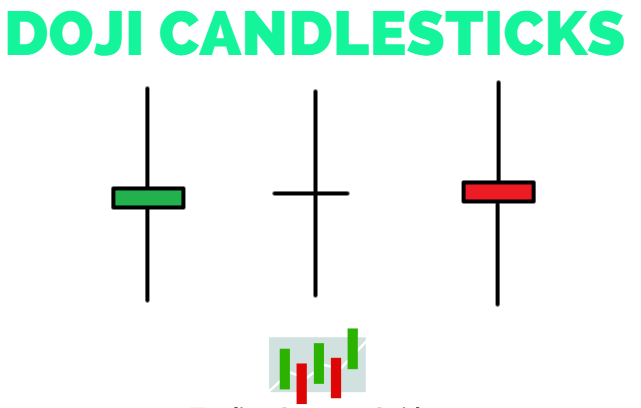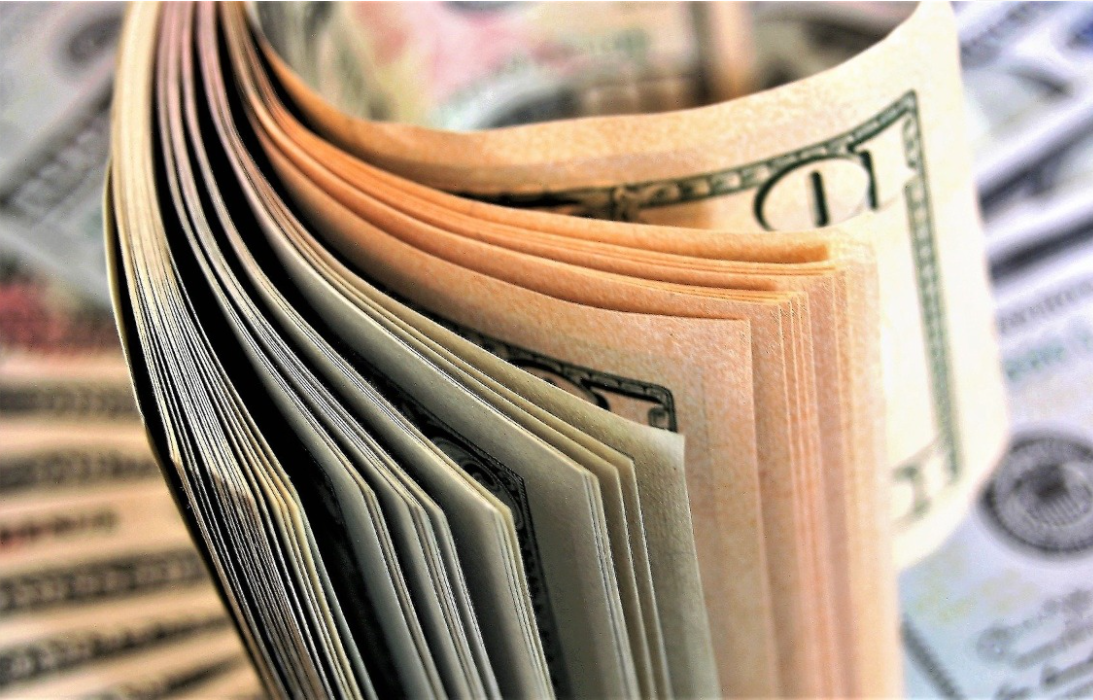
Top 5 Tips for successful Money management
Many traders are guilty of overlooking the importance of money management when it comes to their forex trading. Whether it is due to a lack of information or laziness, traders who fail to pay attention to money management in the forex market are putting themselves at risk. In reality, effective money management is one of the characteristics that divides a successful trader from a failed trader on a majority of occasions.
But what is it, exactly, and how does it work? What is the significance of this? And how can you be certain that you are utilizing it in your trading? Throughout this post, we will provide solutions to all of these questions and others as well.
What Is Forex Money Management?
Simply defined, forex money management is a set of self-imposed rules that successful traders follow in order to successfully manage their money, which includes minimizing losses, maximising earnings, and increasing the size of their trading account, among other things.
Because they are somewhat similar ideas, forex money management and risk management are frequently, and unsurprisingly, confused with one another. Risk management is primarily about recognizing, analyzing, and quantifying all of the risks connected with trading in order to manage them effectively and, as a result, protect oneself from the disadvantages of trading, rather than about minimizing them. Money management is just the process of safeguarding your assets.
An old trading adage, "cut your losses short and let your winners run," summarizes the goal of money management well: "cut your losses short and let your winners run." In other words, minimize losses while maximizing gains in the hopes of becoming a good and profitable Forex trader in the long run.
Tips For Successful Money Management in Forex
There is a lot to take in and learn when it comes to the Forex markets, and we understand that this is especially true for rookie traders. We have therefore produced a list of our top ideas to assist you in developing an effective Forex money management strategy. We hope that this list will be of assistance to you.
Only Trade What You Can Afford to Lose
As our first Forex money management tip, and maybe the most crucial for any trader, we recommend only trading with money that you are able and willing to lose. As a newbie trader, you should only deposit into your trading account the amount of money that you can afford to lose in a single deal.
You might wish to set a monthly maximum tolerable loss for yourself, and if you exceed that limit, you should immediately quit trading. The notion is that you are merely putting money at risk that will not have a significant impact on your life if you lose it. Never trade with the money you need for necessities such as rent, mortgage payments, food, transportation to and from work, and so on.
Forex trading is not a sure-fire way to generate income. Some traders will finish their Forex trading careers with just losses in their accounts. Don't take risks with money you can't afford to lose.
Quantify Your Risk per Trade
As soon as you have settled on an amount of money with which you are comfortable trading, the next step in developing your Forex money management plan is to determine how much money you are willing to risk per trade and how you will measure your success. You can use this information to assist you select where to place your stop loss each time you enter the market.
In order to measure your risk, there are two commonly used methods, each with its own set of advantages and downsides..
1. A Fixed Sum
One way that some traders limit their maximum risk per trade is to set it at a specific dollar number. For example, a trader may put £10,000 into their trading account and decide that they will risk £500 on each trade they execute.
This is a rule that is very simple to follow. You know exactly how much money you are going to risk on each trade, regardless of the nature of the trade. If you make ten trades a day, you know without having to conduct any calculations that your total risk will be £5,000 each trade.
The disadvantage of using this approach is that it does not take into account any changes in your trading balance during the course of the trading session. If you have a string of victories and have significantly increased the size of your account while maintaining the same level of risk per trade, you may be missing out on higher returns.
On the other hand, if you lose a large number of transactions but your risk per deal remains at £500, you are putting a larger part of your account at risk, which could result in your account balance deteriorating much more quickly than it otherwise would.
2. A Fixed Percentage
The most frequent strategy is to place a fixed proportion of your account balance at risk with each transaction. If an investor has an account balance of £10,000 and decides to risk 2 percent of their money on each trade, the first trade would include a risk of £200 on the investor's account.
Employing this strategy within your Forex money management system has the advantage of allowing your risk per trade to fluctuate in tandem with your account balance, as opposed to using a fixed sum. It is theoretically impossible to lose all of your money provided you follow the rules, and while you are on a winning run, your risk is increased in order to take advantage of the larger amount of capital available to you.
When you suffer a succession of losses, the disadvantage is that your risk per transaction will shrink and shrink along with your balance, which is a negative outcome. Therefore, if and when you begin to win trades, it will take you longer to recover your investment capital.
Establish Your Risk to Reward Ratio
Now that you know how much you intend to risk every trade, figure out how much you hope to profit from that risk, and use that figure to help you determine where to place your take profit orders for your trades.
This decision will be based on your trading strategy as well as your trading profile, specifically your tolerance for risk (or lack thereof). In other words, if your maximum allowable loss is $100 and your profit aim is $100, a risk to reward ratio of 1:1 means that your profit target is also $100. A risk-reward ratio of 1:3 would, on the other hand, result in a goal profit of $300 for the same amount of risk.
It is generally agreed that a risk-to-reward ratio greater than one should be used. The reason for this is that if you had three consecutive wins and then three consecutive losses, with a risk-to-reward ratio of 1:1, you would have gained a total profit of £0.
Whereas, if you were trading with a risk to reward ratio of 1:2 and you had three wins followed by three losses, you would still be in the black because your profit was greater than the losses of each trade, and you would still be profitable.
Respect Leverage
Leverage enables Forex traders to open greater positions than their available capital would normally permit them to do. In essence, the trader is borrowing money from their broker in order to enter into a leveraged position on the market. An investor with leverage of 1:20, for example, could open a position for £10,000 with only £500 in his or her account.
This appears to be a fantastic deal, and if utilized appropriately, it can be really beneficial in the pursuit of being a wealthy trader. Leverage has the ability to increase the size of your winnings on winning trades by allowing you to acquire a larger position with a smaller investment.
However, and this is critical to understand, leverage is a two-edged sword. Those multiplied profits on winning transactions become magnified losses on failing trades as a result of the trading strategy. As a result, it is critical to employ leverage with caution and consideration.
Withdraw Profit
Many traders are guilty of not withdrawing their profits on a regular basis, or of not withdrawing their profits on a timely basis.
As soon as you start seeing a significant increase in your trading account's balance, take a portion of the money out and put it to good use doing something beneficial.
According to what we stated at the outset, one aspect of forex money management is maximizing your profit potential. In order to accomplish this, you must be concerned with your profit when there is one. In general, the longer money stays in your trading account, the more probable it is that you will trade with it, and so lose some of it.
Final Thoughts
When you are just starting out as a trader, these five recommendations for successful Forex money management should be of great assistance to you. Remember to adhere to your guidelines once you have determined what they are in detail. Incorporate the following Forex money management system, for example, into your overall trading strategy as part of your overall trading strategy:
• I will not risk more than 3% of my account balance on any single trade.
• My chosen risk to reward ratio is 1:2 each trade.
• My combined losses for the week will not exceed £2,000 if I trade more than once a week. If I hit this goal, I will cease trading for the remainder of the week. If you are interested in learning more about Forex trading, please see our Forex trading for beginners tutorial!
• As with anything else in life, the only way to improve your money management skills in forex trading is to put them into practice. Admirals allows you to test your ideas on a demo account that is completely free.
• Practice trading on a risk-free demo account
Demo trading accounts are the best place for beginning traders to practice trading and fine tune their money management strategy in the Forex market! Before you enter the actual market, you should practice trading with virtual currency under real-market settings. To get started, simply click on the banner below to create a demo account:
